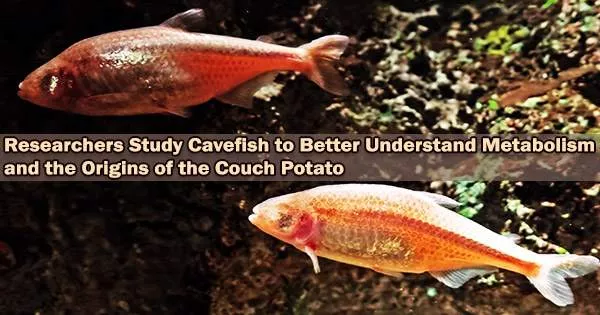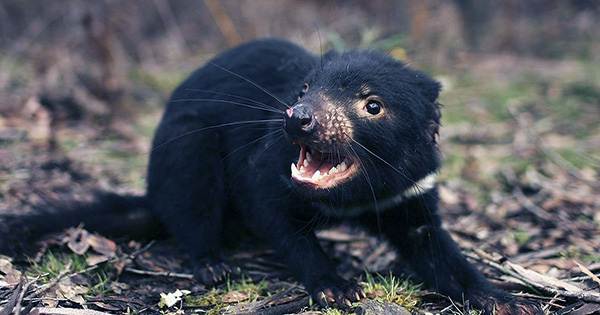The COVID-19 pandemic’s stay-at-home instructions brought about food hoarding, spikes in digital entertainment subscriptions, and an increase in takeout and delivery services, creating the ideal environment for the widespread phenomenon of couch potatoes.
By researching cavefish, scientists have now learned what protracted physical inactivity may entail for humans many thousands of years in the future.
New studies on adaptations in cavefish metabolism that happened when Mexican tetra river fish rushed into underground caves 160,000 years ago and have remained there ever since have been published by the Stowers Institute for Medical Research.
The study, published in PNAS on January 24, 2023, led by Predoctoral Researcher Luke Olsen in the lab of Associate Investigator Nicolas Rohner, Ph.D., found that cavefish muscle metabolism had undergone genetic reprogramming, resulting in radical changes to physiology, morphology, and behavior.
Both in the wild and in the lab, the cavefish were in good health despite obvious changes in appearance. Therefore, investigating the muscle metabolism of cavefish from an evolutionary standpoint will help us better understand how humans’ growing inactivity affects them.
“It’s no surprise that people are moving less and less as technology has advanced,” said Rohner. “With cavefish, we have a unique system where we can study what might happen if people remained couch potatoes over very, very long periods of time.”
Sedentary lifestyles can be harmful to human health because they encourage weight gain and muscle loss, which frequently result in diseases including diabetes, heart disease, and stroke. The crew discovered a paradox when researching cavefish.
It’s no surprise that people are moving less and less as technology has advanced. With cavefish, we have a unique system where we can study what might happen if people remained couch potatoes over very, very long periods of time.
Nicolas Rohner
When compared to surface fish, cavefish populations from central Mexico showed 30 and 40% more fat and no change in muscle. Additionally, because to genetic modifications in muscle metabolism, cavefish could swim for extended periods of time and just as quickly as their “fit” surface fish cousins.
“When looking inside a cavefish muscle cell, there is a clear change in muscle fiber composition and thus function,” said Olsen. “And in the lab, we’ve controlled every environmental variable, yet still observe very different muscle structure in cavefish, indicating a genetic component behind the fat fish phenotype.”
Researchers that concentrated on genetics discovered a significant decrease in the activity of genes that encode proteins necessary for muscular contraction. At the same time, a master gene that controls the growth and metabolism of fat cells experienced an increase in activity. The scientists developed a swim test to examine how cavefish react to stimuli in order to ascertain whether these alterations were, in fact, hereditary.
However, when stimulated, they not only increased their speeds to velocities comparable to surface fish but were also able to maintain pace for extended periods of time, indicating muscular endurance. They discovered that cavefish normally swim at speeds that are nearly four times slower than surface fish.
“At first, I didn’t understand how this was possible, as the cavefish didn’t have the proper “machinery” for muscle contraction,” said Olsen. “Then we realized they had adapted a different mechanism for utilizing energy stored within muscle.”
Indeed, the compound made of glucose called glycogen, which is generated by this enzyme, was present in higher amounts in cavefish. Additionally, this enzyme has a specific location that is vulnerable to phosphorylation, the addition of a phosphate molecule, which was not seen in surface fish.
Glycogen production and storage are improved when phosphorylated, and when this occurs, the enzyme changes to a glycogen metabolic pathway needed for prolonged muscular contraction.
Knowing how the metabolism of cavefish has changed over hundreds of thousands of years may help us understand how people may adapt over a lengthy period of time.
“In the future, for example during space travel to other planets or even galaxies, having an evolutionary model system with the natural variation we see within humans may inform us of which genes are at play during extended periods of inactivity and if there are conserved molecular pathways that drive shifts in energy investment strategies without corresponding pathologies,” said Rohner.
















